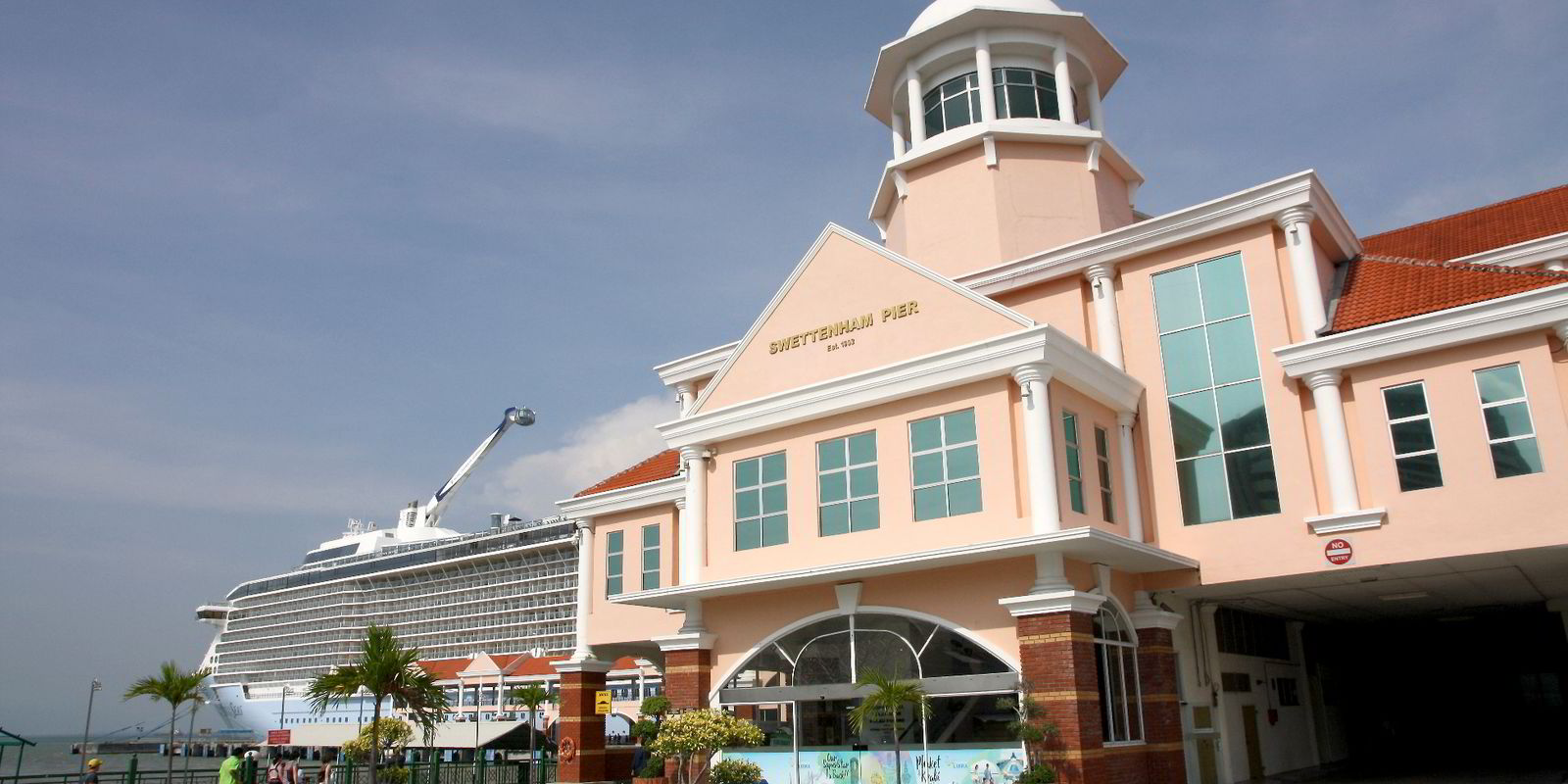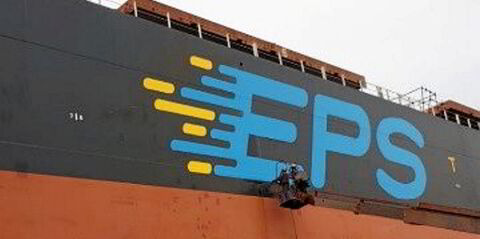Plans call for the cruise terminal’s pier length to be extended from its current 400 metres to 688 metres, allowing two mega-size cruiseships to dock.
At present, only one large and one small ship can be accommodated alongside.
The current terminal building, built a decade ago, will also be upgraded, with particular attention paid to improving accessibility for elderly and disabled passengers.
New spaces will be created to handle the vast volumes of tour buses required when large cruiseships call.
The total investment is expected to run in the region of $35m. Royal Caribbean will assume a 40% stake in the terminal, with Penang Port holding 60%.
Penang, like many other destinations in Southeast Asia, has seen a rapid growth in demand from the increasing number of very large cruiseships that are being based either seasonally or permanently in the region. Many of these ships are relocated from China during the winter season.
Such a large number of ships has stretched port facilities to the maximum, with some vessels forced to anchor offshore and ferry passengers ashore by tender boats.
Investing in port facilities is nothing new for cruise lines. Royal Caribbean has developed several private islands in the Caribbean. Several years ago, it collaborated with the Port Authority of Jamaica to build a large common-user cruise terminal in Falmouth Bay to cater to some of the industry’s largest ships.
Southeast Asia, in contrast, has seen little investment in cruise facilities apart from a large terminal in Singapore. A couple of decades ago, Genting Hong Kong built a few cruise terminals in Malaysia and Thailand but these were designed for the smaller ships that were the norm at the time.
The largest cruiseships are therefore often forced to dock in remote container terminals or anchor offshore — neither of which is a good option when dealing with up to 5,000 passengers looking to maximise their time ashore.



